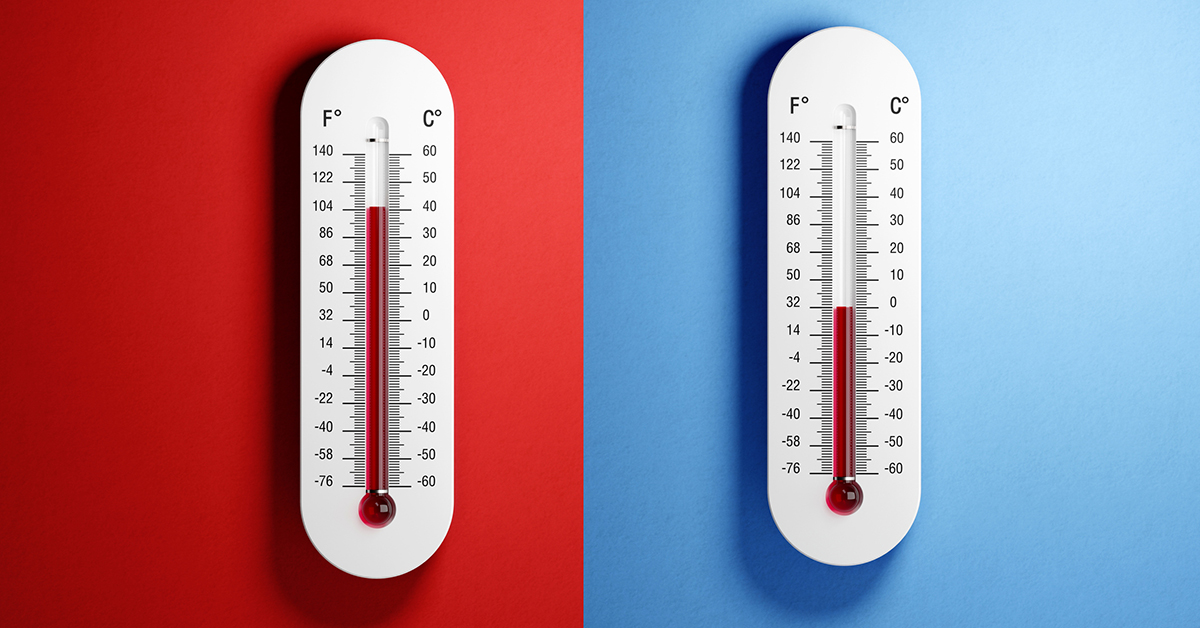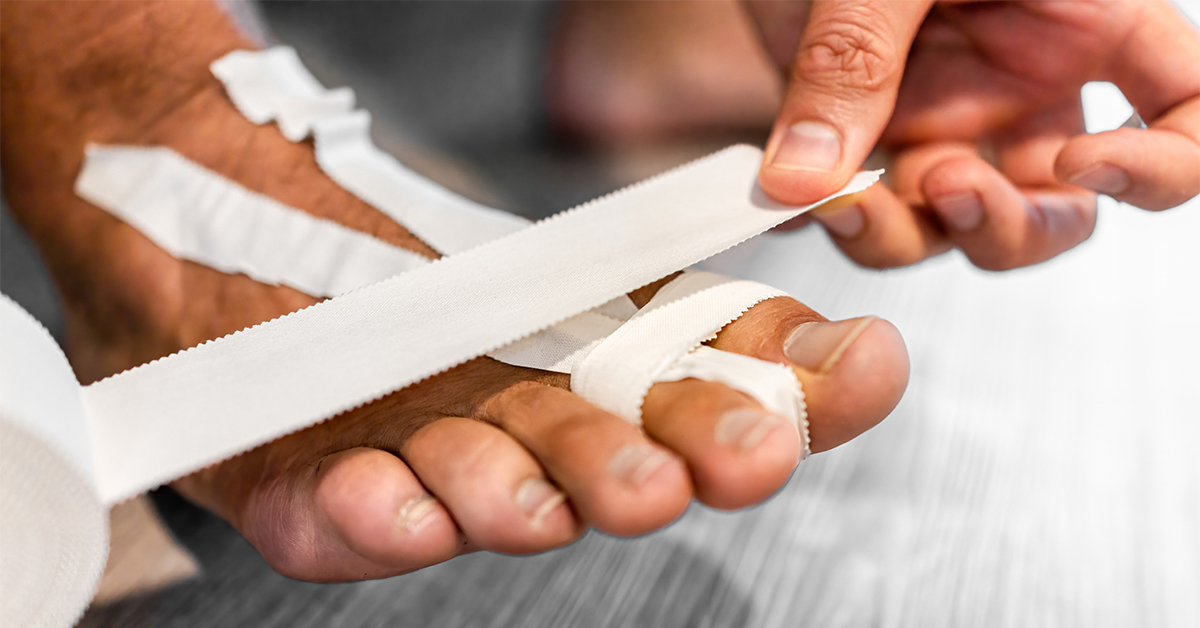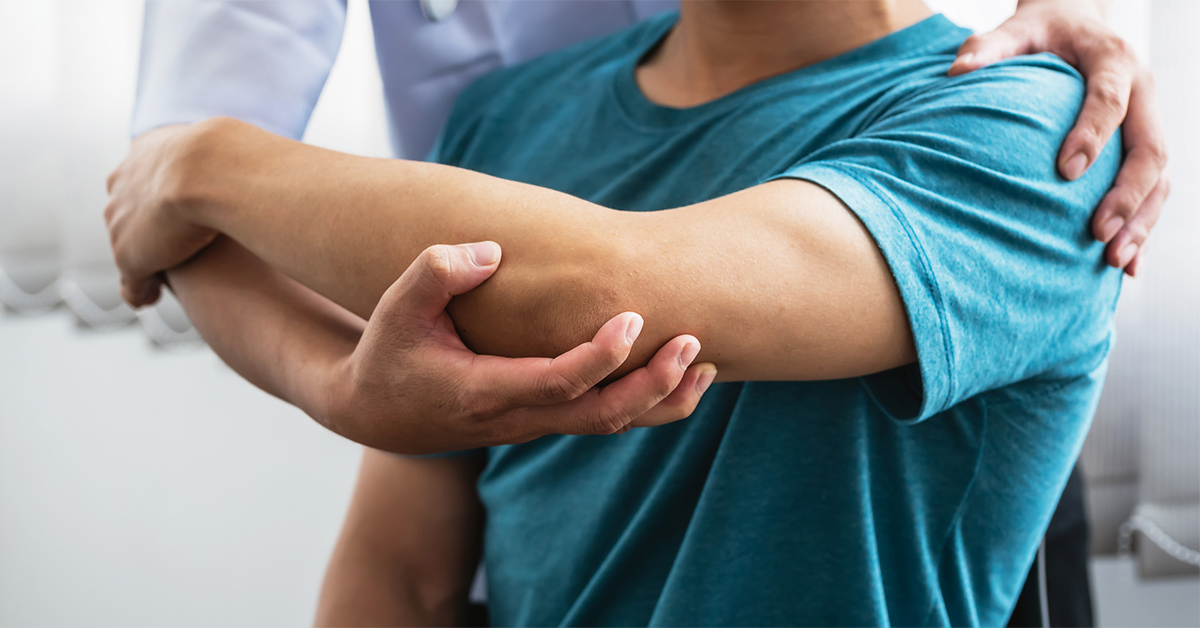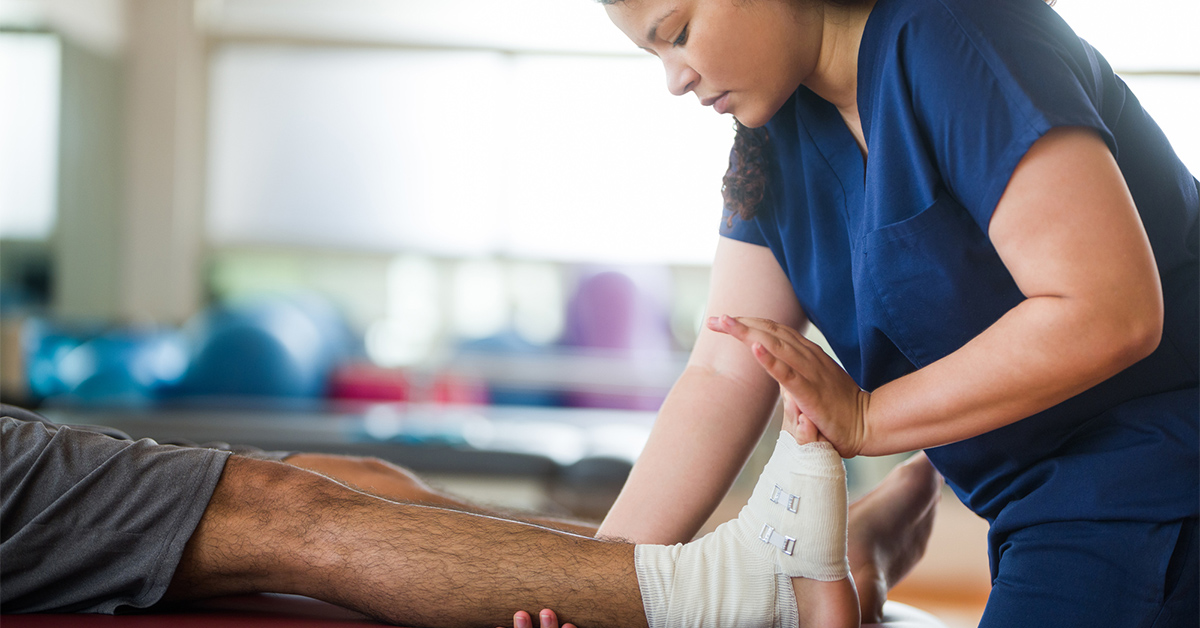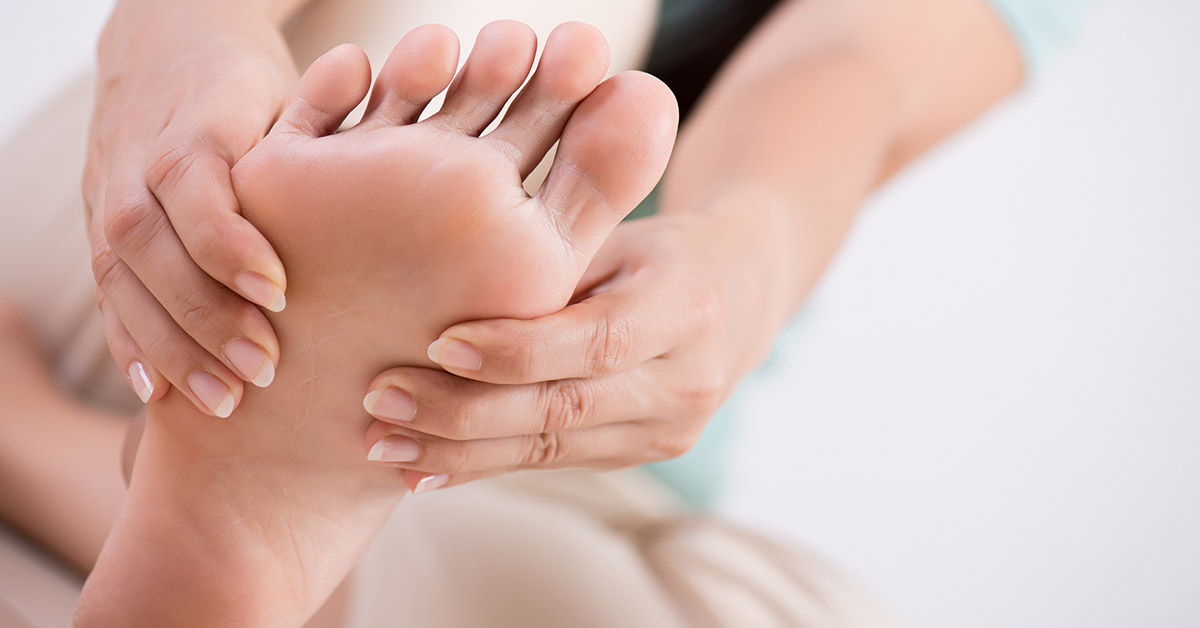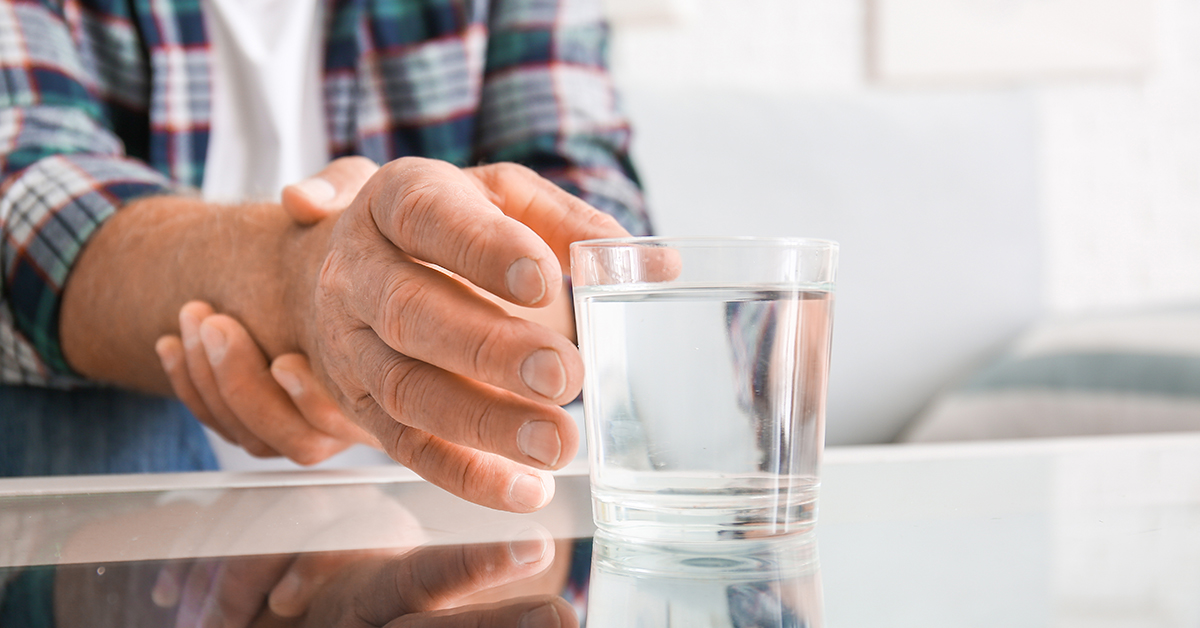The answer depends on several factors
The older we get the more likely it is that we’ve twisted an ankle, tweaked our back or pulled a muscle. And the older we get the more frequently it seems to happen. The Welia Health team is here to help with any and all injuries. But there’s a lot you can do at home to relieve the pain and swelling. The trick is to know when to use ice and when heat is the better option.
Rule of thumb for new injuries— ice first
When you first injure your body, it reacts with inflammation and swelling. Ice cools down the injured tissue or joint and reduces that swelling.
Ideally, you should use ice on new injuries as soon as possible. Cooling down the injured tissue can help prevent further damage. You can use an ice pack, a plastic bag filled with ice or even a packet of frozen vegetables. The more the ice pack can mold around an uneven injury surface the better, so frozen packages of vegetables often work well. Just be sure to throw them out afterward or designate them for a makeshift ice pack!
You also can freeze water in a Dixie cup, peel back the top, and massage the tender area. The challenge with this idea is that you might not have one available with a sudden injury. But the Dixie-cup option works particularly well for targeted icing or for areas like the elbow or heel.
Apply ice for 20-30 minutes, then take a break. At the onset of an injury it’s a good idea to ice as much as you can. Just make sure you take a break for an hour or two between intervals. You can try to ice for 20-30 minutes up to five times a day. If 20-30 minutes is too much, then apply for 10 minutes, take a short break and then apply it again.
Applying ice directly to the skin can be done for a short time. But you need to be careful. Welia Health providers recommend applying a layer, like a towel, between the ice and your skin.
After 72 hours, swelling should have peaked. The first three days after an injury is when the swelling is most acute and ice is most effective. For some injuries, you can begin to use heat for some relief. But using heat is not appropriate for all injuries.
Rule of thumb for lingering injuries—warm up, cool down
Heat is most beneficial with soft tissues (such as muscles), including your back muscles. Heat helps to loosen muscle fibers and recover range of motion. It also increases blood flow and warms up muscles. (Note: For aches related to bones or joints, ice is still a good option.)
When you’re dealing with injuries that are lingering ones (over 6 weeks), heat can be a good idea to use before ice. You can use heat before stretching or doing a home exercise program. The increased blood flow relaxes tight muscles and relieves aching joints. This can help with range of motion. Then, you can use ice or cold treatment after the exercise to prevent any inflammation that might occur.
Use a heating pad or a creative alternative. Heating pads can come in many forms. They can be electric or be heated up in a microwave. You can also create your own heating pad by filling a cloth bag with rice and warming it up in a microwave. You also could run a damp towel in the dryer and apply it to the injured or tight tissue. Drugstores also sell heat wraps that you can wrap around your neck.
Sit in a hot tub or bathtub with hot water. Just be sure the water isn’t too hot (92-100°). Plus, you should limit heat treatment to 15-20 minutes, once daily before exercising.
Do not apply the heat source directly to your skin. Like ice, do not put the heat source directly on your skin. (Of course, this does not apply to a hot tub or bathtub. But again, be sure it’s not too hot.) Thermal burns can occur if you don’t follow these recommendations. Also, use caution on areas with decreased sensation if you have neuropathy (from diabetes or another condition) or Raynaud’s syndrome.
Ice and heat—not a cure, but a comfort
It’s important to use ice and heat appropriately and in moderation. Both ice and heat should only be used for 15-to-30 minutes in each treatment period. Patients can experience burns from excessive use of ice or cold. The key is to follow the recommendations and to determine what brings relief to your symptoms. Ice and heat are not a cure for an injury, but rather are a source of comfort and can be used to complement a treatment plan to recover from the injury.
Remember, we’re here to help you find relief to acute or chronic issues. Our team includes experts in orthopedics, sports medicine and physical therapy. To be seen by one of our specialists, call Welia Health at 320.679.1313.


